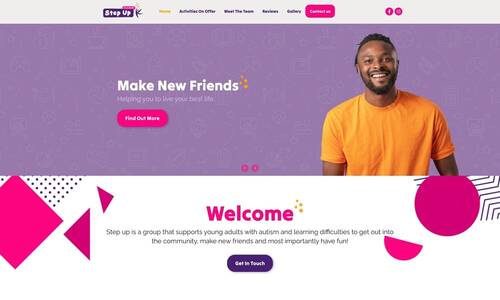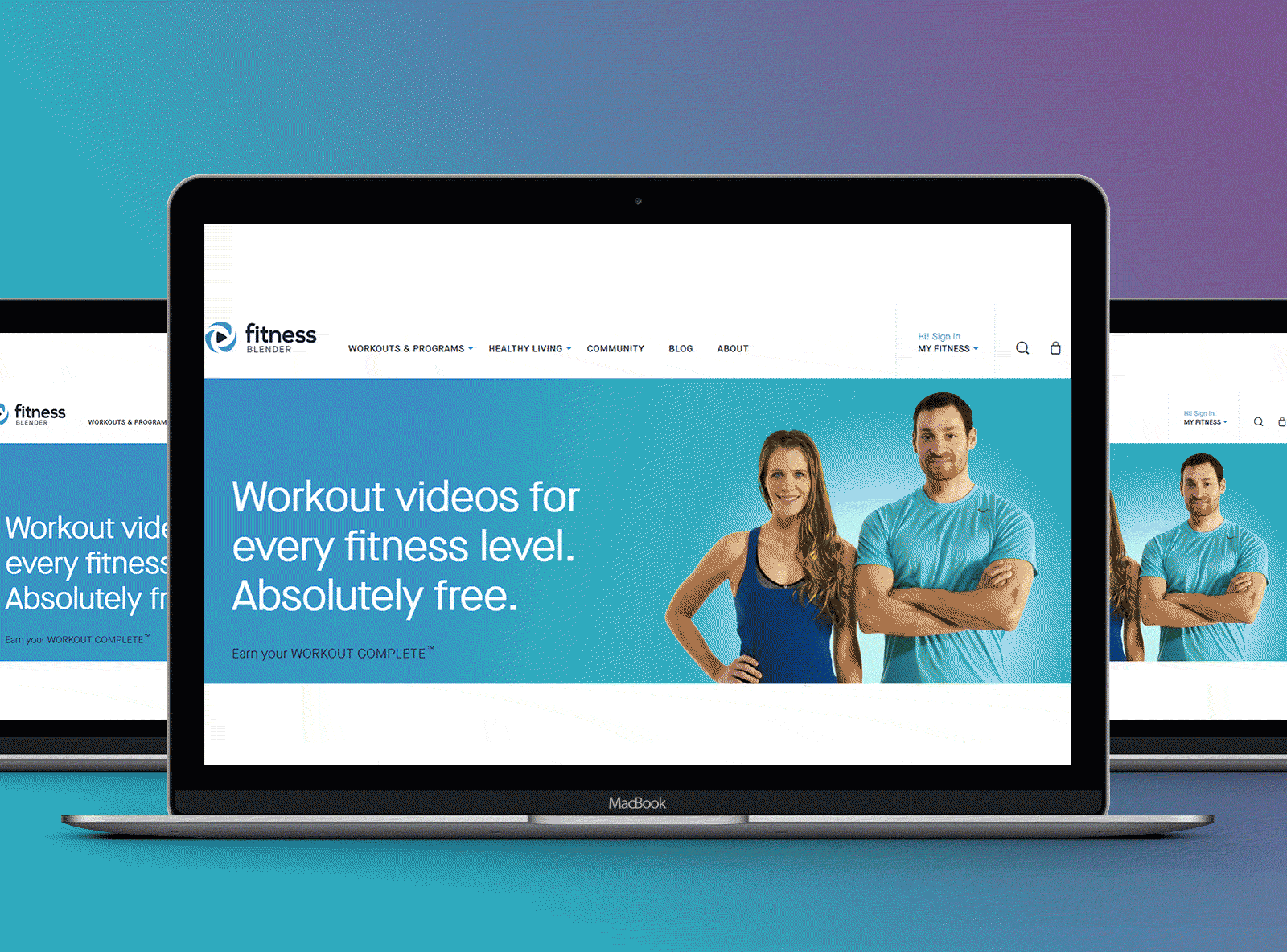Modern Website Layout That Catches Attention and Transforms
In a progressively electronic landscape, modern-day website style has arised as a crucial factor in capturing individual interest and driving conversions. As we discover these essential components, it ends up being clear that comprehending their interaction can dramatically impact a site's performance and individual fulfillment.
Significance of Visual Pecking Order
Aesthetic power structure is an essential element in website layout, as it overviews customers' interest and enhances their overall experience. By strategically arranging web content, developers can route individuals to the most important information first, thereby raising interaction and improving usability. Reliable visual hierarchy uses different techniques, consisting of size, color, spacing, and contrast. Larger components naturally draw the eye, while contrasting colors can highlight key messages, making them stand out among even more subdued elements.
Incorporating a logical flow in content arrangement is important; as an example, placing one of the most important info at the top of a page cultivates immediate acknowledgment. Furthermore, consistent use typography, such as varying font sizes and designs, aids establish a clear material framework. This company not just aids in navigation but also builds trust, as users feel extra comfy when they can easily find what they are trying to find.
Inevitably, a well-executed aesthetic power structure not only enhances aesthetic appeal however likewise dramatically impacts user behavior. By prioritizing necessary components and making certain a smooth experience, developers can properly transform site visitors right into consumers, reinforcing the importance of this foundational design concept in modern-day website development.
Responsive Layout for All Devices
Developing a smooth experience throughout numerous gadgets is necessary in today's electronic landscape, where individuals gain access to sites from mobile phones, desktops, and tablets alike. Receptive layout is an essential method that guarantees web sites adjust fluidly to various display resolutions, orientations, and sizes. By using flexible grids, images, and CSS media questions, designers can produce layouts that keep visual honesty and performance, no matter of the gadget being used.
The value of responsive layout extends past appearances; it directly influences individual involvement and conversion rates. An internet site that works well on all tools motivates longer visits and minimizes bounce rates, as customers are more probable to communicate with web content that is simple to browse. Search engines, specifically Google, prioritize mobile-friendly websites in their positions, making responsive style an essential element of search engine optimization (SEARCH ENGINE OPTIMIZATION)
Including responsive style not just enhances individual experience however additionally streamlines the advancement procedure. By developing a single website that works across gadgets, companies can conserve time and sources contrasted to developing separate mobile and desktop versions. Inevitably, responsive design is an essential technique for modern web site style, making certain accessibility and fulfillment for all individuals, no matter their gadget.
Involving Interactive Aspects
While a receptive style prepares for a practical web site, including interesting interactive aspects is critical Recommended Site for recording customer focus and promoting much deeper connections. Website Design. Interactive elements, such as animations, tests, and clickable infographics, develop a much more vibrant individual experience, motivating visitors to invest even more time on the site
Incorporating interactive features can also guide customers via facility details, making it less complicated to absorb web content. Interactive sliders can illustrate item Continued variants, while embedded videos can give demos or testimonials that reverberate more than fixed photos or message. In addition, gamification techniques, like rewards for involving or completing tasks with material, can enhance customer motivation and retention.
Effective use of interactive elements not only enriches the user experience but can also lead to higher conversion rates. It is vital to stabilize interactivity with efficiency; excessively complicated functions might impede site speed, negatively impacting user complete satisfaction.
Streamlined Navigation Practices
Effective navigation is a cornerstone of any effective internet site, as it straight affects individual experience and material availability. Streamlined navigation practices guarantee that users can easily situate details, boosting their communication with the site. A well-structured navigation food selection need to be simple and intuitive, generally featuring a minimal variety of main categories to avoid overwhelming site visitors.
To accomplish streamlined navigating, designers ought to focus on a hierarchical structure that practically organizes content. Implementing breadcrumb routes can supply users with context concerning their existing area within the site, allowing for smooth backtracking. Additionally, using drop-down menus can successfully conserve space while still giving accessibility to subcategories.
Responsive design is crucial, as navigating ought to be useful across all tools (Website Design). Mobile websites individuals, in certain, benefit from touch-friendly food selections and collapsible areas that maintain functionality without compromising appearances

Reliable Call-to-Action Methods
A well-crafted call-to-action (CTA) is important for leading individuals toward preferred outcomes on a web site, as it encourages them to involve with content or make an acquisition. To optimize their efficiency, CTAs should be clear, engaging, and strategically put throughout the website.
First, utilize action-oriented language that communicates seriousness or value, such as "Obtain Begun," "Join Now," or "Claim Your Price cut." This language not only inspires customers but likewise establishes clear expectations regarding the following actions.
Second, think about design components; CTAs should stick out aesthetically through contrasting colors, enough whitespace, and popular positioning. A switch that is very easy to see and click increases the possibility of individual communication.
In addition, personalizing CTAs based on individual habits or demographics can significantly improve interaction. Customized messages reverberate extra with users, driving higher conversion rates.

Conclusion
In final thought, modern-day site style emphasizes the integration of aesthetic power structure, responsive designs, involving interactive components, structured navigation, and efficient call-to-action methods. These parts jointly enhance individual experience, guaranteeing that site visitors remain involved and inspired to check out web content additionally. By prioritizing these style concepts, companies can considerably boost customer retention and conversion prices, inevitably leading to greater success in the digital landscape. The continuous evolution of website design underscores its vital function in efficient on the internet communication and advertising.
In a significantly electronic landscape, contemporary site design has actually arised as a critical element in catching user focus and driving conversions.Aesthetic pecking order is an important element in website layout, as it guides individuals' attention and boosts their general experience.The value of responsive design prolongs beyond visual appeals; it straight affects user engagement and conversion prices.Including responsive design not just improves user experience yet likewise improves the growth process. Ultimately, receptive style is a basic method for modern web site design, making sure ease of access and complete satisfaction for all customers, regardless of their tool.